Gastronomy of Panama, Panamanian cuisine is a culinary journey through a country’s history, culture, and the remarkable diversity of its natural ingredients. Nestled at the crossroads of Central and South America, Panama boasts a rich culinary tradition deeply rooted in its indigenous heritage, Spanish colonization, African influences, and the fruits of its lush rainforests. From the iconic sancocho to the savoury carimañola, Panamanian food reflects the nation’s vibrant tapestry of flavours, ingredients, and culinary traditions. In this exploration of Panamanian cuisine, we will delve into its historical roots, regional diversity, iconic dishes, street food culture, and the challenges and opportunities it faces.
Historical Roots:
Panamanian cuisine has deep historical roots, starting with the indigenous peoples who inhabited the region long before the arrival of Spanish conquistadors. The indigenous groups of Panama, including the Ngäbe-Buglé, Guna Yala, and Emberá-Wounaan, relied on native ingredients such as maize (corn), plantains, yams, and seafood. These ingredients continue to be fundamental to Panamanian cuisine.
Spanish colonization in the 16th century brought European ingredients like wheat, rice, and livestock, which blended with indigenous traditions to create a mestizo cuisine that characterizes much of Panamanian cooking. The influence of African cultures, primarily through the transatlantic slave trade, introduced spices, cooking techniques, and ingredients such as plantains, coconut, and okra, further enriching the culinary landscape.
Regional Diversity:
Panama’s geographical diversity is a defining feature of its cuisine, with different regions offering unique ingredients and dishes. The country can be divided into several culinary regions, each with its own distinct culinary traditions. Some of the most notable culinary regions include:
- Azuero Peninsula: This region is known for its agriculture, cattle ranches, and fisheries. As a result, dishes such as carimañolas (deep-fried yam and meat patties) and ceviche are prevalent.
- Chiriquí Highlands: Located in western Panama, this region is known for its fertile land and coffee production. Local specialities include sancocho (a hearty soup) and tortillas de maíz (corn tortillas).
- Guna Yala: In the Guna Yala (formerly the San Blas) archipelago, traditional dishes emphasize seafood, coconuts, and plantains. One of the most iconic dishes is guacho de mariscos, a seafood and rice dish cooked with coconut milk.
- Darién: The Darién region, bordering Colombia, features a cuisine influenced by Afro-Caribbean and indigenous traditions. Dishes like rondón (a seafood and coconut stew) and patacones (fried green plantains) are common.
Iconic Dishes:
Panamanian cuisine boasts an array of iconic dishes that are beloved both within the country and among international food enthusiasts. These dishes encapsulate the essence of Panamanian food culture. Some of the most famous Panamanian dishes include:
- Sancocho: This hearty soup is considered Panama’s national dish. It typically includes chicken, vegetables, yams, and corn, seasoned with culantro and other spices.
- Arroz con Guandú: A flavorful rice dish cooked with pigeon peas and achiote (annatto) oil, arroz con guandú is a staple in Panamanian households.
- Carimañolas: These deep-fried yam and meat patties are a popular snack or appetizer, often filled with beef, chicken, or cheese.
- Guacho de Mariscos: A rich and comforting seafood and rice dish cooked with coconut milk and spices. It’s a delicious representation of the fusion of indigenous and Afro-Caribbean flavours.
- Tortillas de Maíz: Corn tortillas made from maize are a common accompaniment to many Panamanian dishes.
Street Food Culture:
Panama’s street food culture is vibrant and provides an opportunity to savour local flavours and ingredients. From bustling markets to street corners, vendors offer a variety of delicious and affordable snacks and dishes. Street food is an integral part of Panamanian life, often providing a glimpse into traditional, home-cooked meals.
A must-try street food in Panama is the carimañola, which can be found at street stalls throughout the country. You can also savour empanadas, which are deep-fried turnovers filled with a variety of ingredients, from meat to cheese. Additionally, vendors offer a wide range of ceviche, often made with fresh seafood and served with a citrusy and spicy sauce.
Challenges and Opportunities:
Panamanian cuisine faces various challenges and opportunities. Preserving the authenticity of Panamanian cuisine through culinary education and cultural programs is essential. Modern lifestyles and the influence of fast food have led to a decline in traditional cooking methods and the importance of preserving traditional recipes and culinary techniques. Culinary education programs and cultural initiatives can contribute to preserving the authenticity of Panamanian cuisine.
Sustainability is also a critical consideration. Encouraging the use of native ingredients and traditional farming practices can help protect the country’s biodiversity while promoting sustainable agriculture. Initiatives that support small-scale farmers and emphasize the importance of local sourcing can help ensure the continued vitality of Panamanian cuisine.
In conclusion, Panamanian cuisine is a captivating journey through a country’s history, culture, and culinary traditions. From the cherished sancocho and arroz con guandú to the savoury carimañolas and guacho de mariscos, Panamanian food is a celebration of culture, tradition, and the joy of savouring diverse flavours. Whether indulging in a plate of ceviche from a street vendor in Panama City or savouring a bowl of sancocho in the Azuero Peninsula, the essence of Panamanian culinary tradition is a testament to the country’s passion for food, culture, and the preservation of its unique culinary heritage.


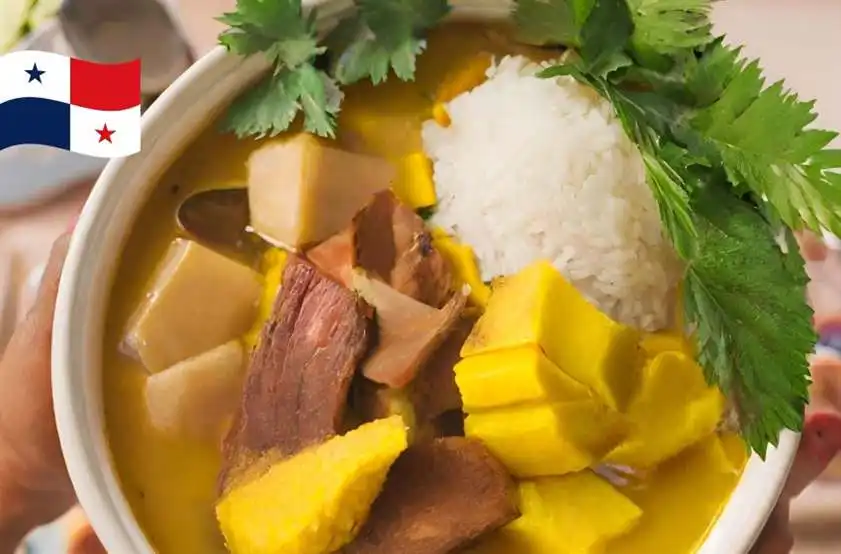
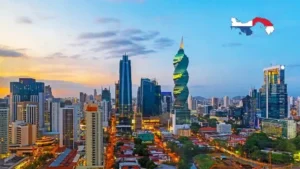

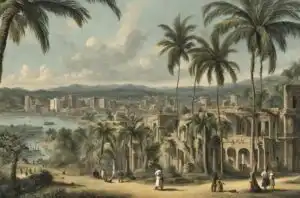
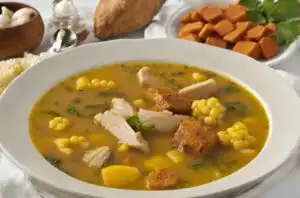
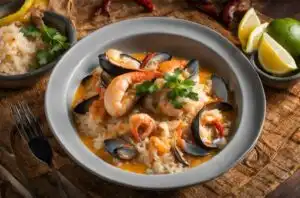
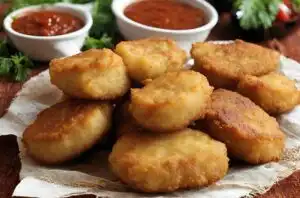
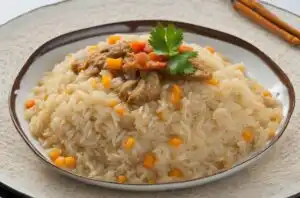


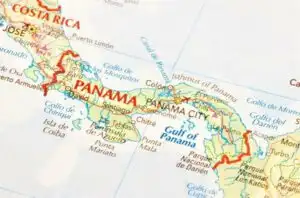
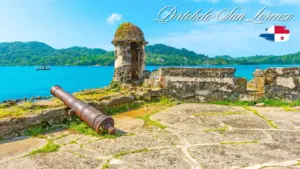
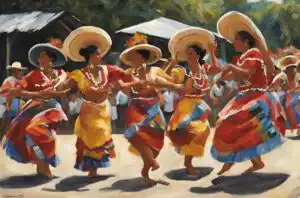


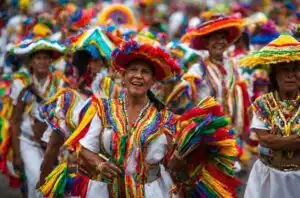
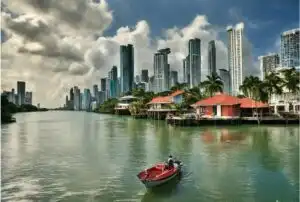

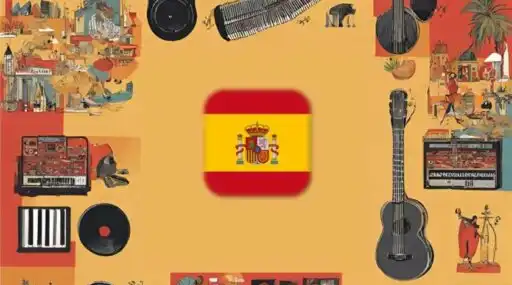
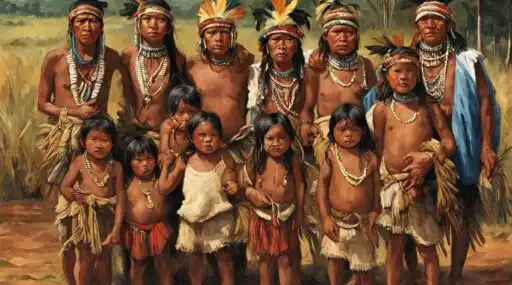
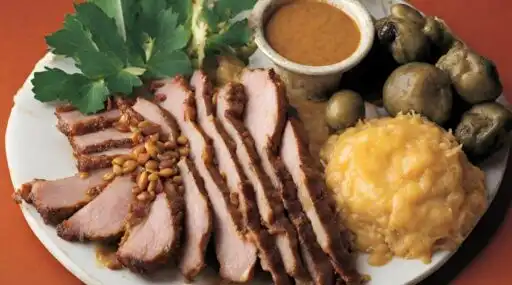
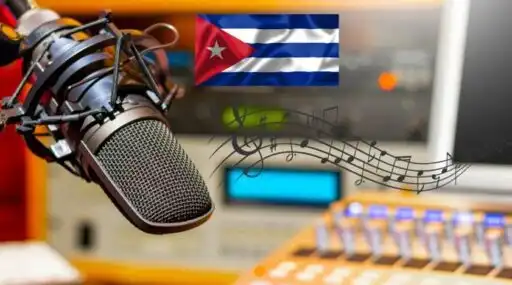


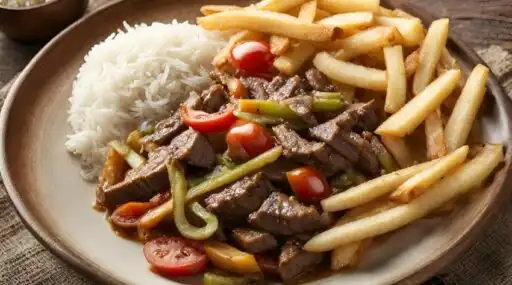

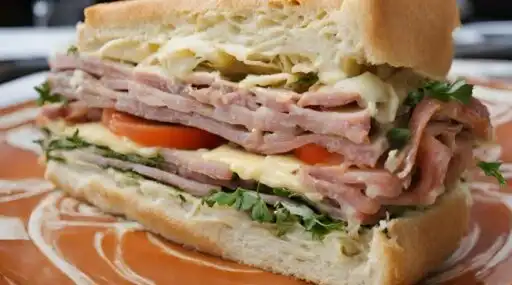
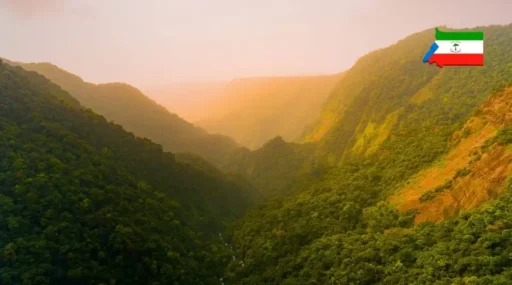

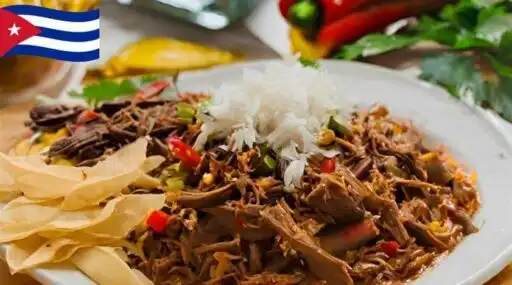
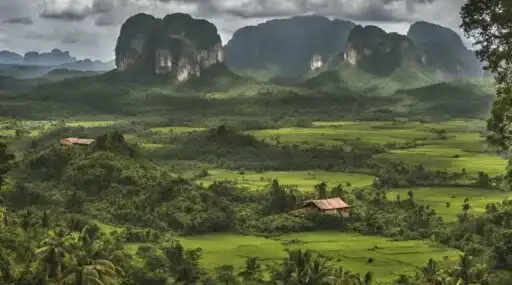
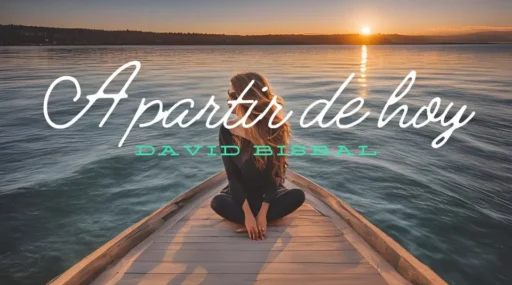


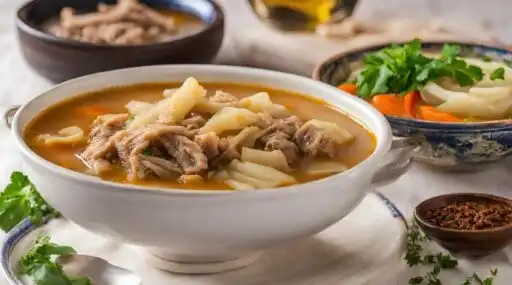
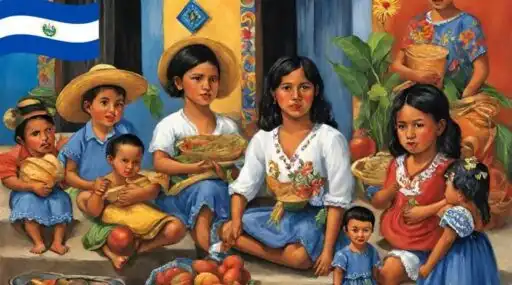

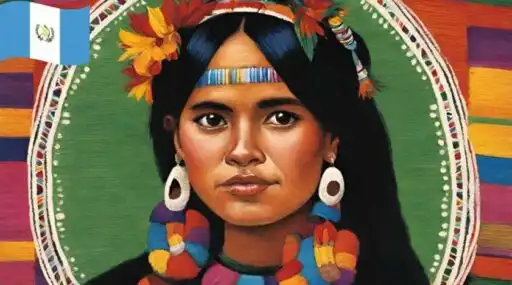
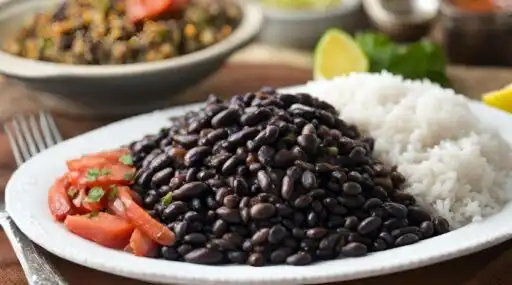
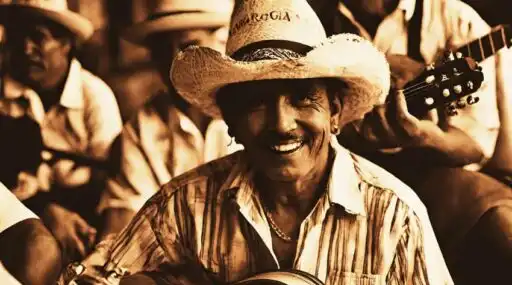
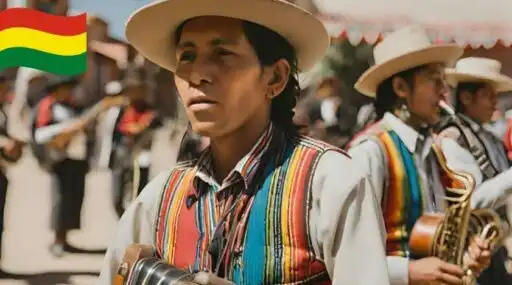
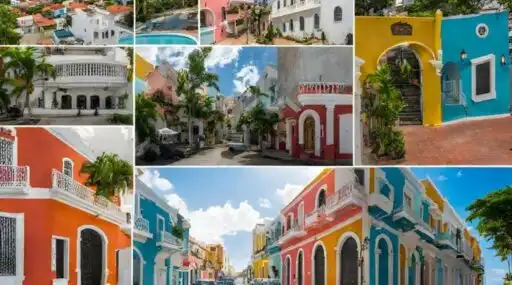




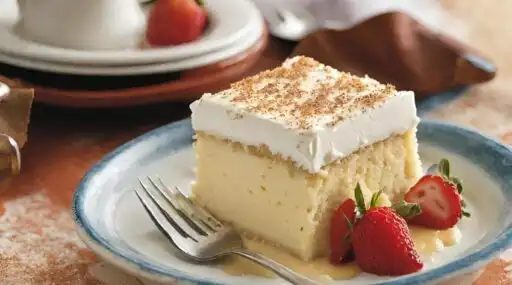
Leave a Reply